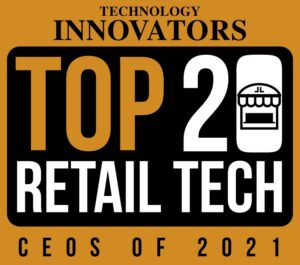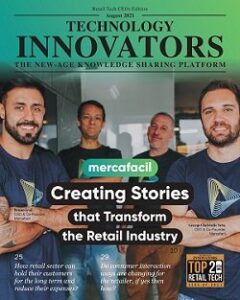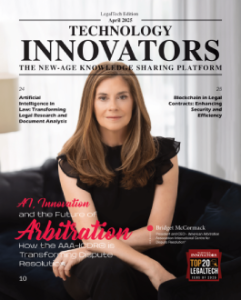
While that means many businesses – both B2C and B2B – are still catching up to new customer demands, it also means that brands that can quickly adapt will be able to capitalize on this rapid acceleration. However, this calls for implementation of technology tools and the expertise to rollout new features and solutions to accommodate retailers and their customers. Keeping this in mind, in this edition of Technology Innovators, we present to you Top 20 Retail Tech CEOs of 2021 who share their entrepreneurial experience and how businesses should re-evaluate the very concept of retail to stay afloat in this dynamic environment.
End of Members
No more pages to load























